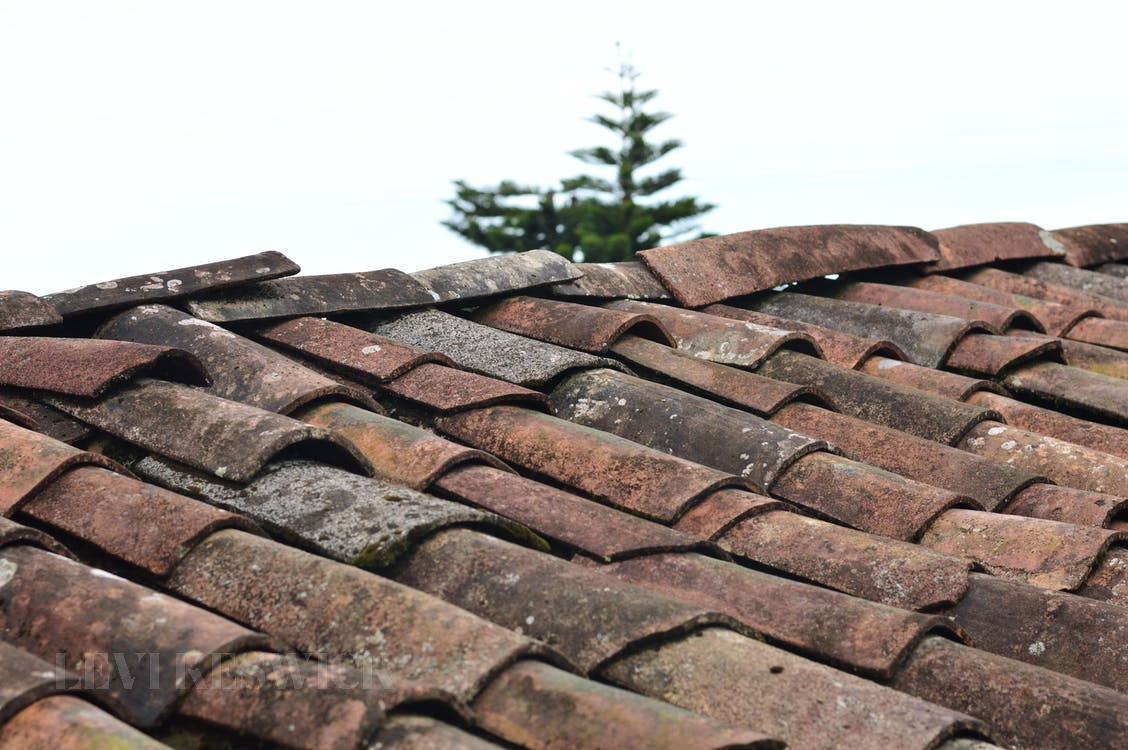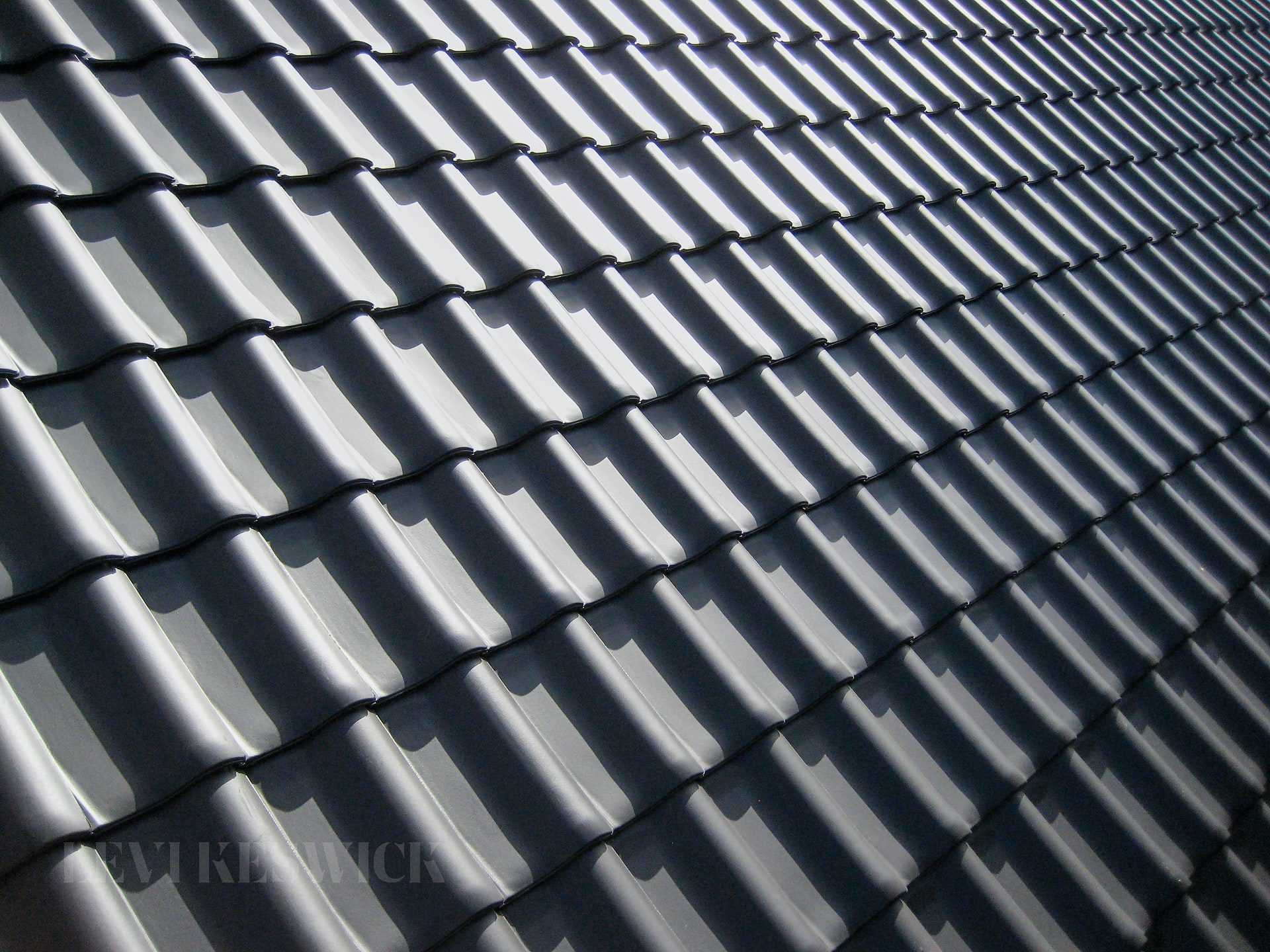The roof is one of the most important elements of a building that ensures its stability. Due to special meteorological conditions—sudden large amounts of precipitation, hot sun, strong winds, and snow—as a result of which there is a significant additional load—we are building roofs with a slight slope and space for the attic. In addition to pitched roofs, there are flat roofs.
The many materials used for roofs are reed, wood shingles, tile, asbestos cement, sheet steel, planks, and plastic materials. Every good roofer will tell you about the importance of making sure your roof is intact by inspecting it regularly. To know what the things you should pay attention to are, you must be aware of the most common roof repairs and how to take care of them. Read on to find out more, as we’ll dive into detail on the matter.

Flashing and water protection
Flashing generally refers to the shiny and metal parts of the roof which are installed with the purpose of protecting exposed and hard-to-reach corners of parts of the roof from water. These parts are standing as a shield, making sure water is not finding its way into the attic, through the roof, where it can then cause serious damage to the whole structure. Equally important is the layer of water-protective and hail-resistant material beneath the shingles, which serves as a direct barrier during strong winds, rain, and hail storms.
While the corners might be protected by the flashing, the biggest surface of the roof is still exposed most heavily. That is why you must make sure the layer is intact and in great shape, thereby assuring the safety and stability of the whole house. This repair should be taken care of by a professional, who’ll make sure the layer underneath has no major holes or rips, and also that the flashing is not bent due to strong winds. These repairs are usually inexpensive and don’t take too much time to be recognized on time.
Replacement of broken tiles or shingles
Another important roof repair is the replacement of tiles and shingles, which are known to be damaged due to their constant exposure to the weather. Tiles are a bit heavier and their life expectancy is longer. They are robust, heavy, and can withstand quite a beating. Shingles serve the same exact purpose. Although they don’t have the robustness of tiles, they still offer a certain level of protection, are perhaps aesthetically more pleasing, and can last you a long time.
Yet, in both cases, you’ll need to inspect them regularly, make sure some did not just fly off or are broken, and you’ll have to look at all the underlying issues. The best way to conduct long-lasting roofing repairs is by hiring a contractor to take care of the whole ordeal himself and make sure your tiles and shingles are being taken care of. A contractor will give you the estimated final cost, and he’ll show you and indicate other issues that should be taken care of as well. We advise going for someone with experience, a certain reputation, and a long history of positive reviews.
An interesting idea is going for asphalt shingles due to their durability and resilience, or maybe tougher and more expensive tiles.
Gutter cleaning and maintenance
The gutter is often overlooked and thought of as irrelevant when it comes to the whole structure and safety of the home. However, cleaning them regularly from debris and leaves is important in maintaining the safety of the whole house, especially during strong winds and harsh weather. The still water can drip down and damage the walls, and it can also become a place of diseases and infection. Get gutter guards to prevent this from happening, and you can even install them yourself.

Water puddles
This only happens if you have a flat roof, which is often the case with more modern and often newer buildings. However, even though it looks aesthetically pleasing, flat roofs are in danger of keeping water on their surface in the form of puddles. This slowly gets into the concrete and then into the lower levels of the house. We, therefore, advise using a water-protective coating to ensure no water paddles are formed or no water is being soaked up by the concrete.
Potential leaks
Leaks can happen for various reasons, the most common being cracks or holes in the roof that are not visible with the bare eye. In this case, we advise seeking the help of a contractor who can then help you with this issue. Water leakage can occur because of broken fleshing, the water-resistant layer, and misplaced or damaged tiles and shingles. The best thing to do is to scan the whole roof for cracks and holes and fill them in if there are any.
Ventilation
Believe it or not, roof ventilation is important as an improper excess of air and its circulation can cause the roof to deteriorate at a much faster rate.
It also causes damage to the other layers underneath, especially the wood, as it can rot faster and easier than all the other materials. This can prove to be quite a problem in a moist environment with heavy rains and a lot of harsh weather. Make sure to correct this by regulating the airflow. You’ll also be saving on heating and electricity because of it.
With all these repairs, you’ll be on the right track and save yourself a lot of money. All this also only adds value and ensures your home is in top condition.








